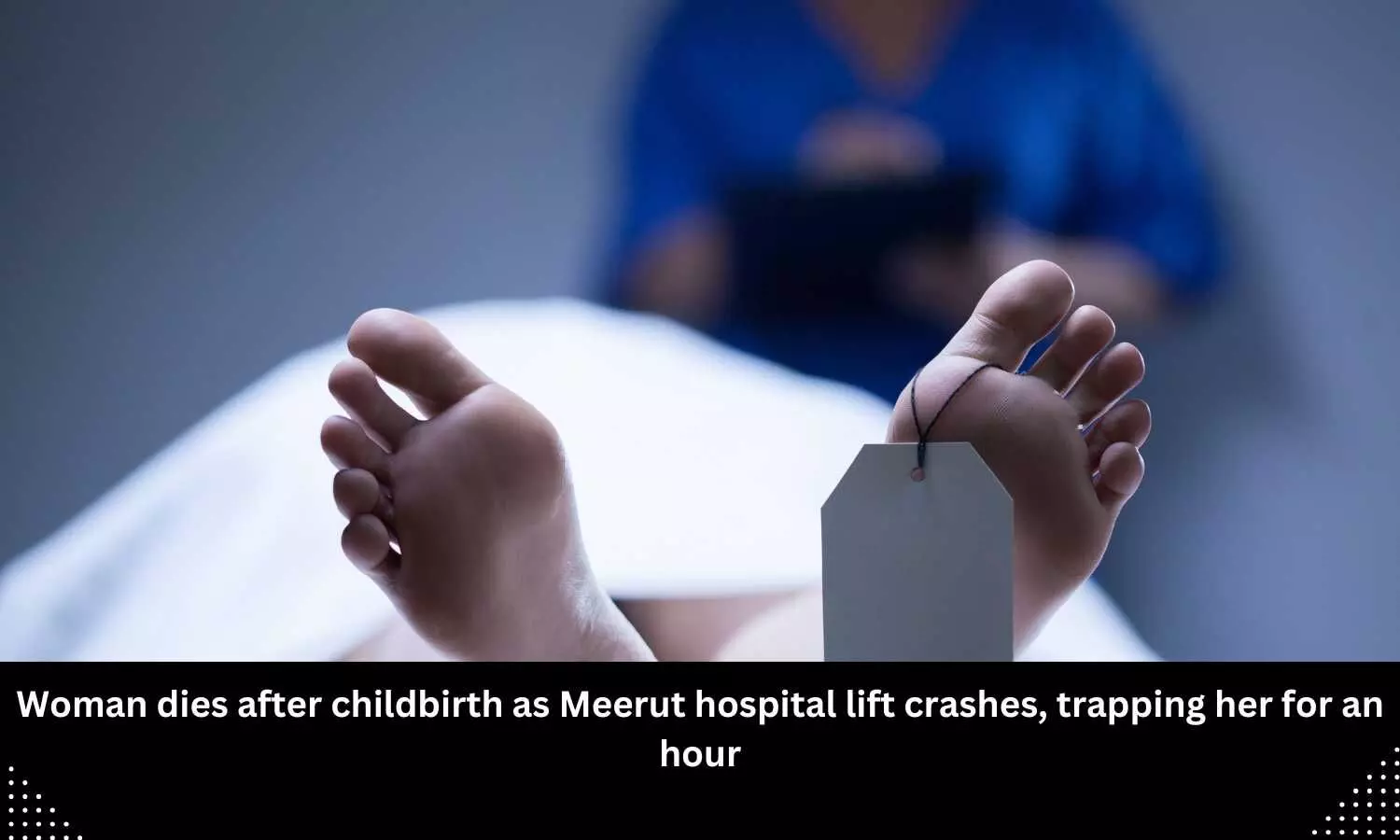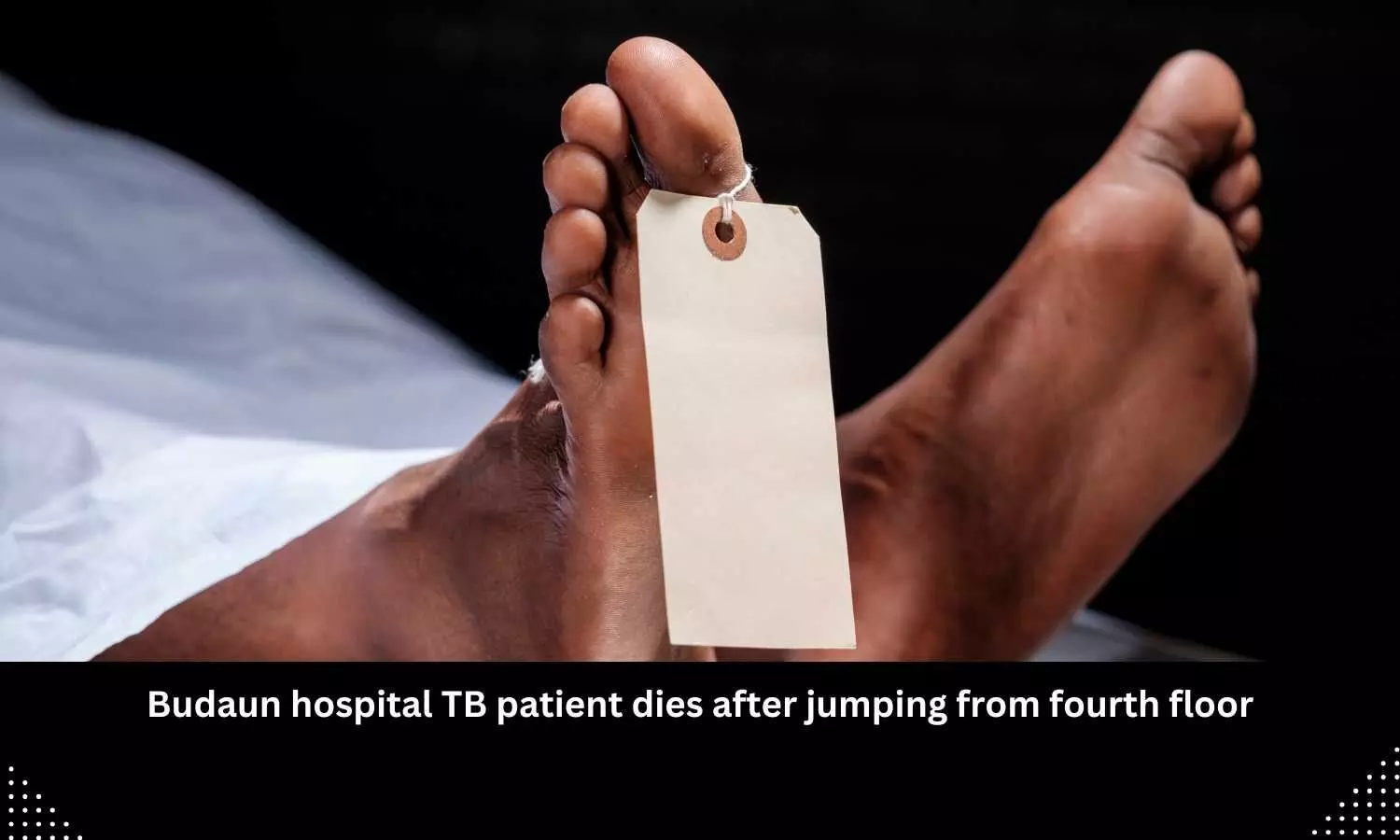More behavioral Issues with Use of Antipsychotic Drugs: Study Finds
A new study conducted by researchers at the University of Waterloo analyzed data from nearly 500,000 Canadian patients who lived in nursing homes across Canada between 2000 and 2022. It found that residents who were given antipsychotic medications showed a significant worsening of their behaviours. In fact, nearly 68 per cent of residents who used antipsychotics had more problems with their behaviour during follow-up checks.
Antipsychotics are often prescribed in nursing homes “off-label,” meaning they’re used for purposes not approved by health authorities like the U.S. Food and Drug Administration (FDA). The study found that 26 per cent of nursing home residents in Canada were given antipsychotics in ways not recommended by the FDA between 2014 and 2020.
Although antipsychotics are often used to calm residents with aggressive or agitated behaviour, the medications can have serious side effects. These include tremors, restlessness, rigidity, painful muscle contractions and the inability to stand and walk, which can exacerbate existing behavioural and psychological symptoms.
The study outlines the inappropriate use of antipsychotics to treat behavioural and psychological symptoms of dementia (BPSD), which can include irritability, aggression, agitation, anxiety, depression, sleep or appetite changes, apathy, wandering, repetitive questioning, sexually inappropriate behaviours and refusal of care.
Instead of turning to medication right away, researchers suggest focusing on person-centred care — getting to the root causes of a resident’s behaviour and offering support in other ways. Training staff to understand the risks of antipsychotics and how to offer better care has also been linked to improved outcomes for nursing home residents, including less agitation and a better quality of life.
Reference: A Longitudinal Treatment Effect Analysis of Antipsychotics on Behavior of Residents in Long-Term Care, Leme, Daniel E.C. et al., Journal of the American Medical Directors Association, Volume 25, Issue 11, 105255
Anticancer Drugs Could Enhance Potency of Some Immunotherapies
An emerging class of anticancer drugs called EZH2 inhibitors may greatly enhance the potency of some cancer immunotherapies, according to a preclinical study led by Weill Cornell Medicine lymphoma researchers.
The inhibitors target the EZH2 enzyme, whose activity in tumor cells is now recognized as a significant factor in many cancers. The study, published in Cancer Cell, found that EZH2 inhibition combined with T-cell based immunotherapy worked better at shrinking non-Hodgkin B-cell lymphomas than immunotherapy alone.
This study proposed that inhibiting EZH2 might help enhance the potency and durability of these immunotherapies. EZH2 is an enzyme that normally helps program cell behavior by controlling the expression of specific genes. Mutations in the EZH2 gene, which makes the enzyme more active, are now recognized as common features of lymphomas, and inhibiting this enzyme has been found to benefit lymphoma patients even when they have non-mutant EZH2.
Research by Dr. Béguelin and others has shown that EZH2 activity makes lymphoma cells less visible to the immune system, and generally helps create an immunosuppressive environment around lymphomas. EZH2 inhibition would reverse this immunosuppression, enhancing the activities of patients’ own anticancer T cells as well as T-cell immunotherapies.
Suitable preclinical animal models to test this hypothesis have not been available, so Dr. Béguelin and her colleagues started by developing a new mouse model for follicular lymphoma and a tumor line for the more common and aggressive diffuse large B-cell lymphoma. The researchers then detailed changes in these lymphomas during treatment with EZH2 inhibitors and/or two T-cell based immunotherapies—one a CAR-T cell therapy and the other a “bispecific antibody” therapy that binds lymphoma cells to the patients’ own T cells.
The results showed that EZH2 inhibition on its own enhanced the killing of lymphoma cells by T cells, and that pretreatment with an EZH2 inhibitor could greatly improve the effectiveness of T cell immunotherapies against these lymphomas. In one experiment, treatment with tazemetostat plus CAR-T cells enabled 100% of mice to survive for the 40-day study period and beyond, whereas most died within 11 days after the same dose of CAR-T treatment alone. Results for valemetostat plus CAR-T treatment were similar. EZH2 inhibition combined with bispecific antibody treatment also greatly boosted survival over bispecific antibody treatment alone.
The researchers found that EZH2 inhibition boosted these immunotherapies’ effects not just by making lymphoma cells more visible to them, but also by multiple other mechanisms, including reduction of immunosuppressive regulatory T-cells, and reprogramming of anticancer T cells in a way that makes their activity more durable.
College Students’ Insomnia: Loneliness a Bigger Culprit Than Screen Time
Being lonely is a bigger hurdle to a good night’s sleep for college students than too much time at a computer or other electronic screen, a new study suggests. Findings of the study, which involved students at Oregon State University and Chaminade University, were published in the Journal of American College Health.
Researchers studied more than 1,000 undergraduate students and found that when an individual’s total daily screen time reached the 8- to 10-plus-hour range, there was an increased likelihood of insomnia.
They also found 35% of the subjects had high levels of loneliness and that lonely students were more likely to have trouble sleeping than less-lonely students irrespective of screen time. That 35% reported clinically significant symptoms of insomnia at almost twice the rate of the other 65%.
Loneliness is a pervasive condition that significantly hinders wellness, the researchers say, causing suffering in a range of forms, including impaired sleep because of its association with greater sensitivity to stress and to rumination over stressful events.
“Insomnia is detrimental to the health of college students,” said Dietch, assistant professor of psychological science and a licensed clinical psychologist who is board certified in behavioral sleep medicine. “It has been consistently associated with increased stress, anxiety and mood disturbance, as well as decreased academic performance.”
Dietch added that a global review of college students found that 18.5% had insomnia compared to 7.4% of non-students in the same age group. Students involved in intimate relationships — close friendships as well as romantic partnerships — are less likely to report being lonely than those who are not, she said.
Reference: https://news.oregonstate.edu/news/college-students%E2%80%99-insomnia-linked-more-strongly-loneliness-screen-time
Clinical Trial Shows Drug Reduces Risk of Graft-Versus-Host Disease in Stem Cell Transplants
Adding a new drug to standard care for stem cell transplant recipients may reduce a life-threatening side effect, according to an early-stage clinical trial conducted at Washington University School of Medicine in St. Louis. The trial showed that patients being treated for various blood cancers tolerated the investigational drug — called itacitinib —and experienced lower-than-expected rates of graft-versus-host disease (GvHD), in which the donor’s stem cells attack the patient’s healthy tissues. The study is online in the journal Blood.
The Phase I trial involved patients who received a particular stem cell transplant — called a “half-match” — in which half of the key proteins of a patient’s immune system matched those of the donor’s stem cells.
The trial included 42 patients, most of whom had been diagnosed with acute myeloid leukemia, acute lymphoblastic leukemia or myelodysplastic syndrome, among other, rarer blood cancers. All patients in the study received itacitinib before transplantation and for 4-6 months after transplant, in addition to standard care for prevention of graft-versus-host disease.
None of the 42 patients developed severe (grade 3 or 4) graft-versus-host disease in the first 180 days after the transplant. There was no control group in this study, which was designed to assess the safety but not the efficacy of the treatment. Even so, historical data suggest 10 – 15% of patients would experience severe graft-versus-host disease with standard treatment, according to the investigators. Therefore, statistically, four to six patients in this sample size would be expected to develop severe forms of the disease.
After one year, 89% of patients had no chronic graft-versus-host disease. Two patients developed moderate or severe chronic graft-versus-host disease at that same timepoint, and they were treated with additional therapies. Overall survival at one year was 80%. This is on the high end of what is typically seen in such patients, whose survival can range from 60 – 80% at one year.
The investigational drug itacitinib is one of several JAK inhibitors under investigation for their potential to prevent graft-versus-host disease when given before a stem cell transplant, which would be a new use for this therapy. JAK inhibitors work by blocking the activity of specific enzymes that contributes to inflammation.
Reference: Ramzi Abboud, Mark A. Schroeder, Michael P Rettig, Reyka G Jayasinghe, Feng Gao, Jeremy Eisele, Leah Gehrs, Julie K. Ritchey, Jaebok Choi, Camille N Abboud, Iskra Pusic, Meagan A Jacoby, Peter Westervelt, Matthew Christopher, Amanda F. Cashen, Armin Ghobadi, Keith Stockerl-Goldstein, Geoffrey L Uy, John F. DiPersio; Itacitinib for Prevention of Graft-Versus-Host Disease and Cytokine Release Syndrome in Haploidentical Transplantation. Blood 2024; blood.2024026497. doi: https://doi.org/10.1182/blood.2024026497




















